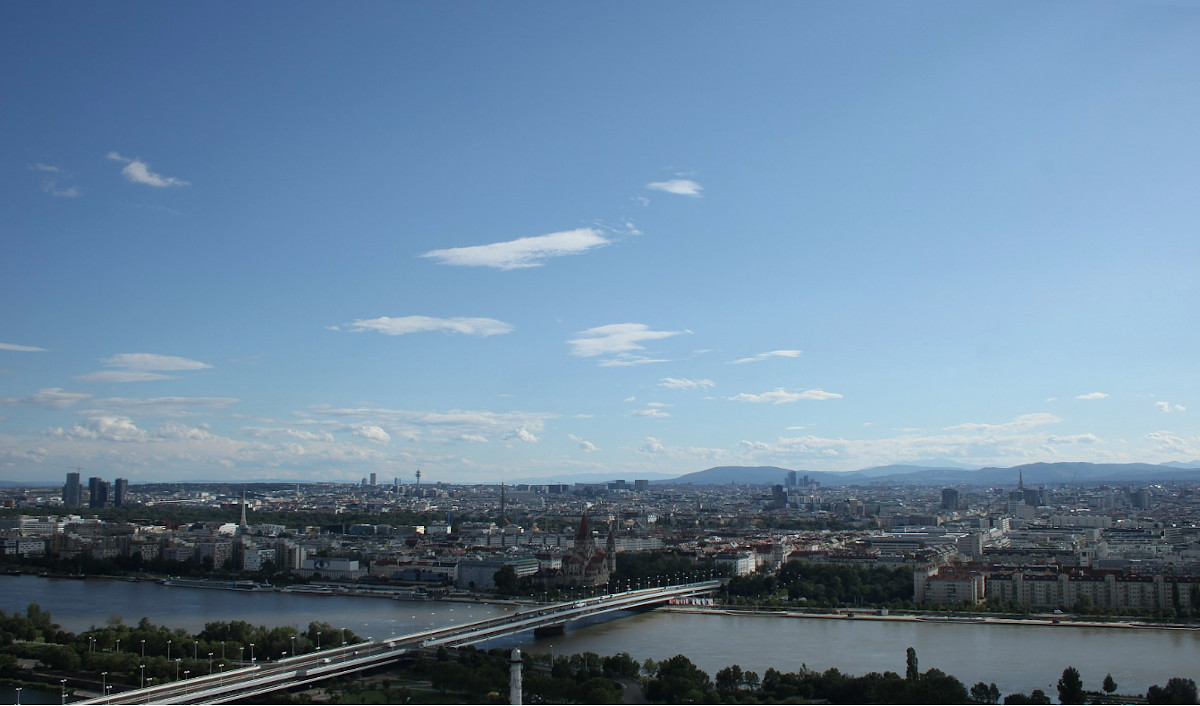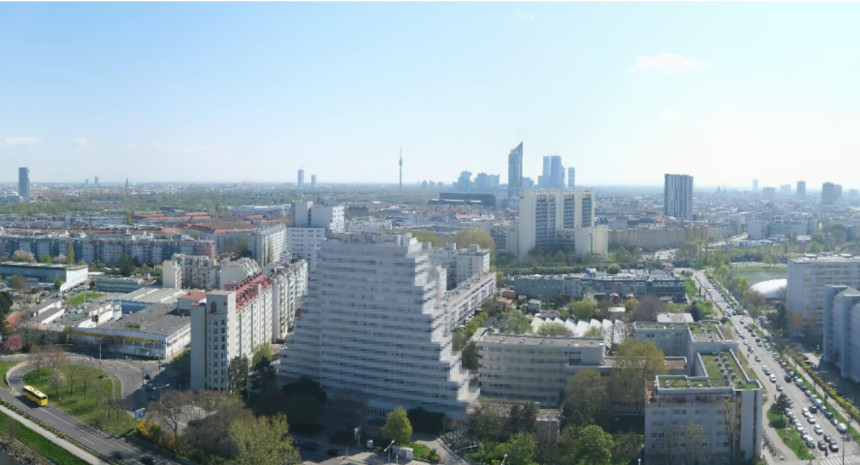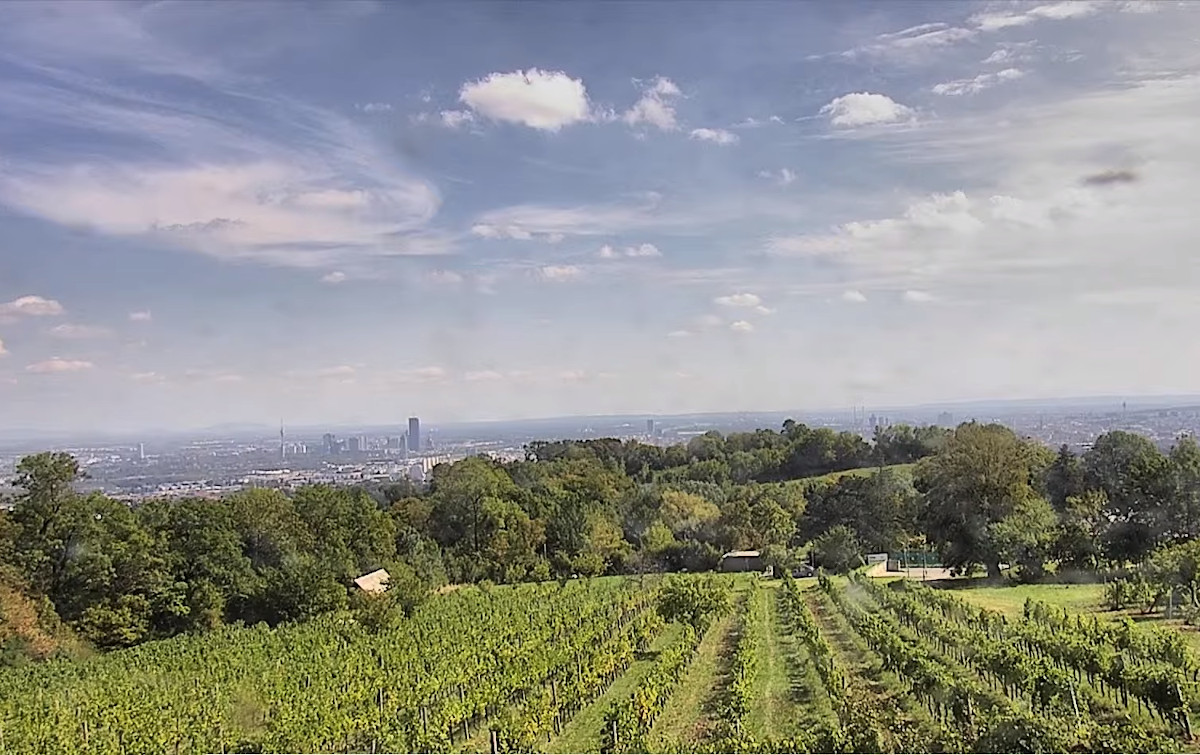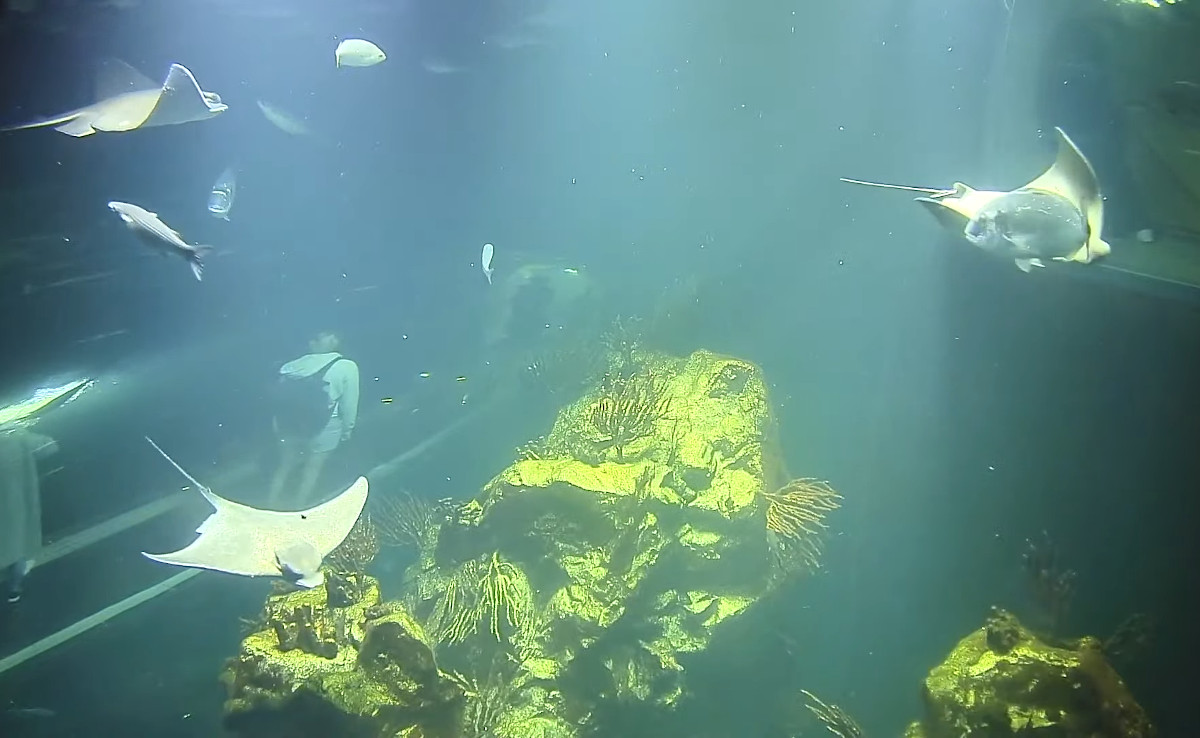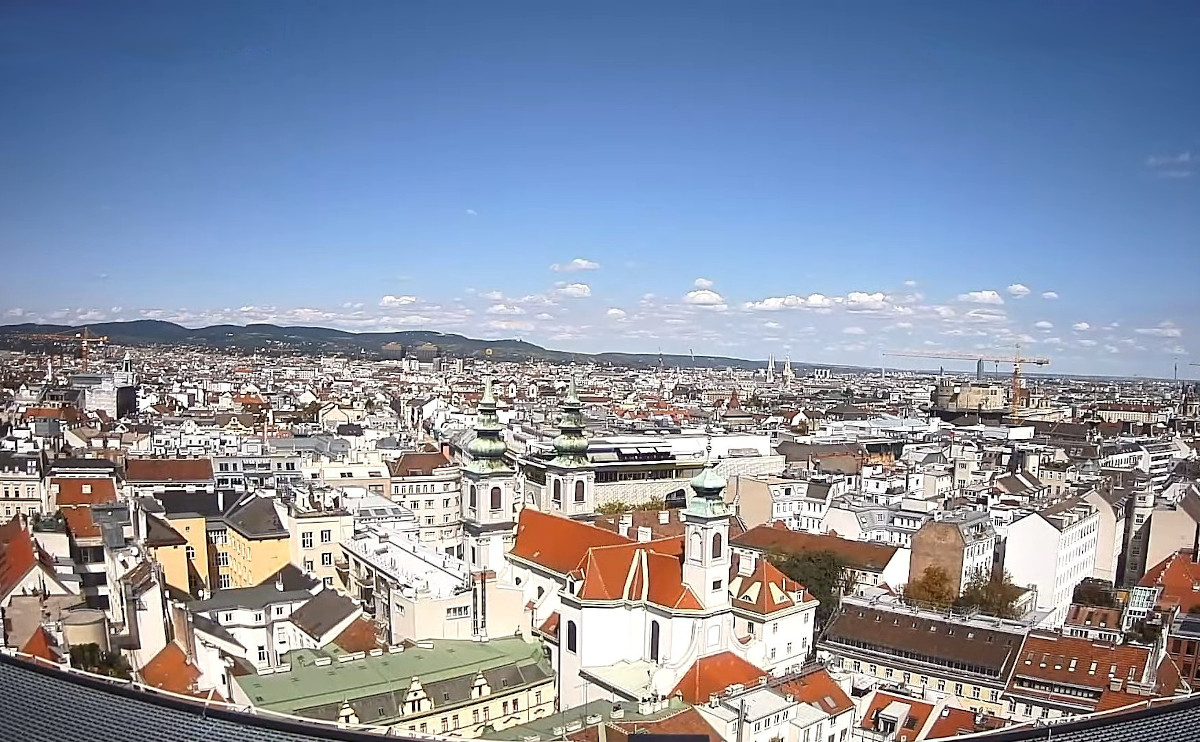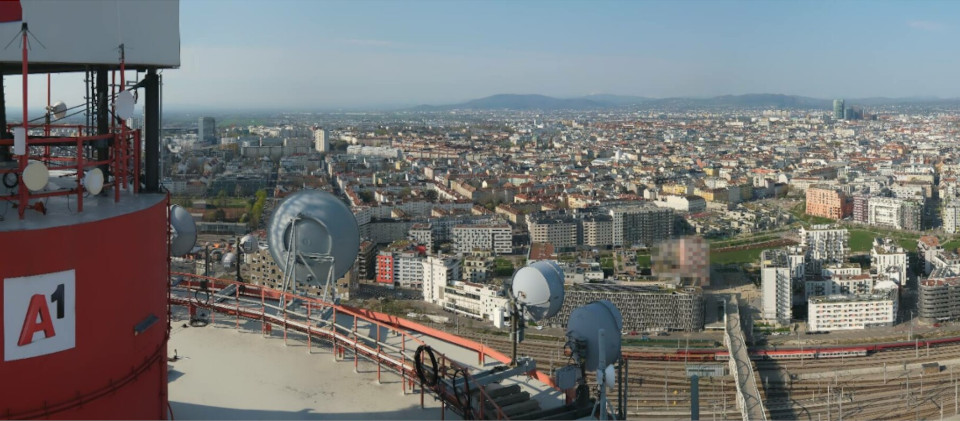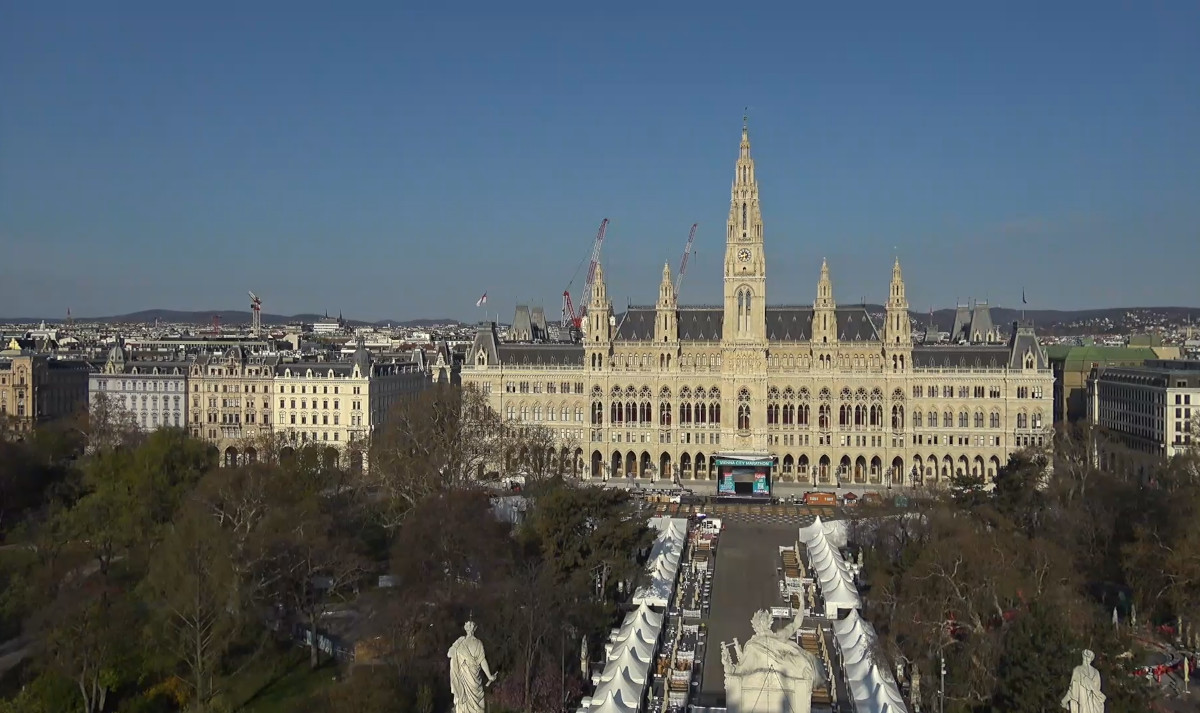Vienna Live Webcams
Live webcams in Vienna stream real-time views of the city’s streets, squares, historic center, parks, the Danube River, embankments, bridges, hotels, and landmarks of the capital and largest city of Austria. These webcams offer panoramic views of the city, and let you check the current weather in Vienna from anywhere in the world. The most popular streams appear at the top of the webcam list. An interactive webcam map shows the exact location of each camera throughout the city.
Brief information about Vienna
Vienna (German: Wien) is the capital and largest city of Austria, as well as one of the country’s nine federal states. The city has a population of approximately 2 million people, making it the largest city in Austria and the seventh-largest in the European Union. Vienna covers an area of 414.87 km² (160.2 sq mi).
Located in eastern Austria along the banks of the Danube River, Vienna lies near the borders of the Czech Republic, Slovakia, and Hungary. It is situated about 50 kilometers (31 miles) west of Bratislava, the capital of Slovakia—making them the two closest capital cities in Europe.
Vienna’s history spans more than 2,000 years. The city originated as a Roman military camp called Vindobona. During the Middle Ages, Vienna became a vital trade hub and the capital of the Babenberg dynasty. Later, under the Habsburgs, it transformed into one of Europe’s most important cultural centers. From 1558 to 1918, Vienna served as an imperial city—first as the seat of the Holy Roman Empire and later as the capital of the Austro-Hungarian Empire.
Today, Vienna is Austria’s economic powerhouse, generating nearly one-third of the country’s gross national product and providing about one-quarter of all jobs in the nation. Tourism is a major economic driver, with Vienna welcoming around 2 million visitors annually. The city promotes sustainable tourism, aiming for a balanced coexistence between residents and visitors.
Vienna boasts an efficient public transportation network that includes subways, trams, buses, and suburban trains. The city is served by Vienna International Airport (Flughafen Wien-Schwechat), located 18 kilometers (11 miles) southeast of the city center. You can reach central Vienna from the airport via the City Airport Train (CAT), bus, or taxi.
Climate in Vienna
Vienna has a temperate continental climate with four distinct seasons. Winters are cold, and summers are warm and humid. The city’s average annual temperature is 10.9 °C (51.6 °F). January is typically the coldest month, with average temperatures around 0.2 °C (32.4 °F), while July is the warmest month, averaging 21 °C (69.8 °F). Spring and autumn are moderately warm, with temperatures ranging from 15 to 21 °C (59 to 69.8 °F), making them ideal for walking and sightseeing.
The city receives an average annual precipitation of about 650 mm (25.6 inches), fairly evenly distributed throughout the year. May, June, and July are the wettest months, while January and February are the driest. Light snowfalls may occur in winter, but snow cover usually doesn’t last long.
The best times to visit Vienna are from late April to June and from September to early October. These periods offer pleasant weather, fewer tourist crowds compared to summer, and various cultural events, especially music festivals in the spring. Summer is the peak tourist season, while winter brings the festive charm of Vienna’s famous Christmas markets.
Attractions in Vienna
Vienna is renowned for its rich history, grand architecture, and cultural legacy. The city features numerous landmarks that reflect its imperial past and artistic heritage. Here are ten of Vienna’s most famous attractions:
— St. Stephen’s Cathedral (Stephansdom): A stunning Gothic cathedral and one of Vienna’s most iconic symbols, located in the city center. Construction began in the 12th century, and the cathedral reached its current form by 1511. Its southern tower stands 136.44 meters (448 feet) tall. Highlights include stained glass windows, majestic organs, and the famous “Pummerin” bell.
— Schönbrunn Palace (Schloss Schönbrunn): The Habsburgs’ summer residence and a masterpiece of Austrian Baroque architecture. Designed by Johann Bernhard Fischer von Erlach, construction began in the late 17th century. The palace complex was declared a UNESCO World Heritage Site in 1996.
— Belvedere Palace (Belvedere): A baroque palace complex built in the early 18th century for Prince Eugene of Savoy. It includes the Upper and Lower Belvedere, surrounded by beautifully landscaped gardens. The Upper Belvedere houses the Austrian Gallery with works by Gustav Klimt, Egon Schiele, and other renowned artists.
— Kunsthistorisches Museum (Museum of Art History): One of the world’s most important art museums, opened in 1891 to house the imperial collections of the Habsburgs. Located on Maria Theresa Square, the Neo-Renaissance building is part of Vienna’s historic center. The museum features works by Titian, Rubens, Velázquez, and others.
— Prater: A vast public park and recreation area, home to the Wurstelprater amusement park and the iconic Giant Ferris Wheel, built in 1896–1897. The park also includes green walking paths, sports facilities, and picnic areas.
— Mozarthaus Vienna: The only surviving residence of Wolfgang Amadeus Mozart in the city, where the composer lived from 1784 to 1787. Now a museum, it offers exhibitions on Mozart’s life and work.
— Danube Tower (Donauturm): A popular observation tower and tourist attraction. Built in 1964, the 252-meter (827-foot) structure is Austria’s tallest. It provides panoramic views of Vienna from its viewing platform.
— Botanical Garden of the University of Vienna: Located in Vienna’s third district, adjacent to the Belvedere Palace. Founded in 1754 by Empress Maria Theresa, the garden spans 8 hectares (about 20 acres) and houses approximately 11,500 plant species from around the globe.
— Natural History Museum (Naturhistorisches Museum): One of the largest natural history museums in the world, opened in 1889. Exhibits cover mineralogy, paleontology, anthropology, and zoology. The museum’s Neo-Renaissance building is a landmark in itself.
— Leopold Museum: A major modern art museum located in Vienna’s MuseumsQuartier. Its collection features works of Austrian modernism, especially by Egon Schiele and Gustav Klimt.
These attractions represent just a portion of Vienna’s cultural wealth. The city offers countless other historic and artistic sites well worth exploring.
